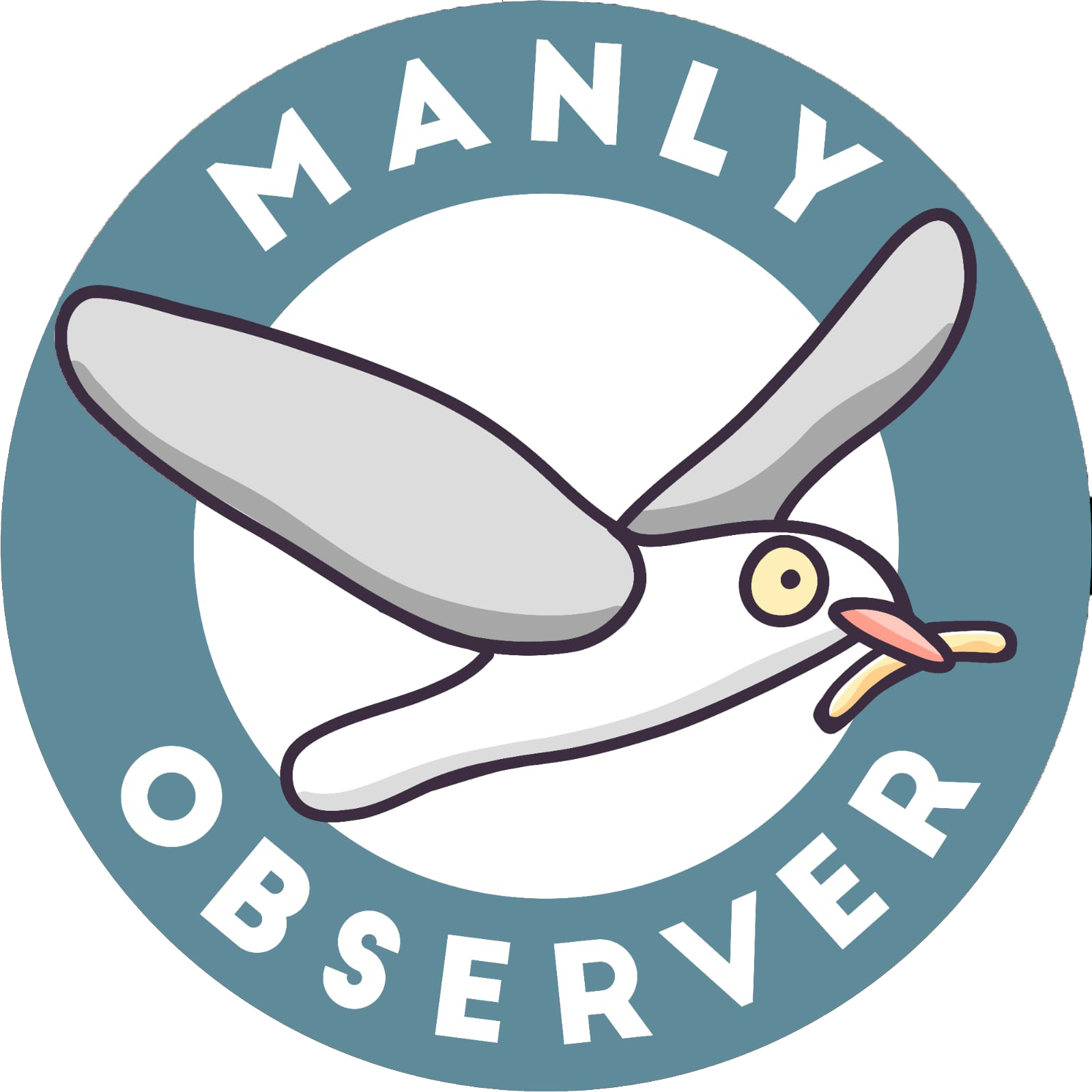Our beaches remain among the cleanest for swimming in NSW, according to the recent Beachwatch State of the Beaches 2021-22 report.
The report states that 29 of the 32 swimming sites across the Northern Beaches were graded as Very Good or Good for swimming in 2021–2022, which was a slight decline from the previous year due to wet weather and flooding that impacted water quality in a number of areas.
The report rates beaches and other coastal swimming spots as safe for swimming due to low risk from microbial contaminants such as human and animal faecal matter.
March 2022 was the wettest on record for a number of areas in the Northern Beaches, with Mona Vale and Collaroy experiencing the highest March rainfall totals since records began with 577 mm and 686 mm of rain for the month, respectively.

According to the report, all 20 ocean beaches in the region were graded as Very Good or Good in 2021–2022, with Palm Beach, Whale Beach, Avalon Beach, Mona Vale Beach and South Curl Curl Beach rated among the best on the Northern Beaches with a grading of Very Good.
Most of the estuarine swimming spots were also rated as good or very good in 2021-22. Elvina Bay, The Basin and Great Mackerel Beach in Pittwater were graded as Very Good, with Elvina Bay improving from a good rating in the previous year.
Barrenjoey Beach, Paradise Beach Baths, Clareville Beach, Taylors Point Baths, North Scotland Island and South Scotland Island were graded as Good.
Other beaches such as Narrabeen Beach, Collaroy Beach, Long Reef Beach, Dee Why, North Curl Curl Beach, Freshwater Beach, Queenscliff Beach, North Steyne Beach, South Steyne Beach and Shelly Beach were graded as Good. Bilgola Beach, Newport Beach, Bungan Beach and Dee Why Beach were downgraded to Good from the previous year due to a decline in microbial water quality.

Narrabeen Lagoon, Birdwood Park and Bilarong Reserve retained a Poor grading in 2021–2022, as in the previous year, with water quality mostly suitable for swimming during dry weather. Discharge from Narrabeen Lagoon is a significant source of faecal contamination.
Curl Curl Lagoon is not included in the report as swimming is not recommended due to historical contamination and industrial proximity. You can view the general estuary health date here.
Pollution has long been a problem for Sydney beaches and not just for swimmers…
Kennedy visits Manly
Member for Manly and Minister for Environment and Heritage James Griffin recently welcomed US Ambassador Caroline Kennedy to inspect the Living Sea Walls project at the Fairy Bower Pool in Manly, which aims to reforest decimated sea grasses.
The Living Sea Walls project is the largest harbour restoration project in the world to reforest and restore marine habitats for penguins, seals, seahorses and turtles in Sydney Harbour.
“It’s fantastic to welcome U.S. Ambassador Caroline Kennedy to visit Living Sea Walls and understand the world leading underwater conservation work we’re doing in Manly,” Mr Griffin said.
“The project will help to restore biodiversity in Sydney Harbour, improve water quality and increase carbon sequestration.”
Seaweeds such as crayweed provide critical habitat and food for marine life. They also act as underwater forests, capturing carbon and creating oxygen.
However, crayweed completely disappeared from the Sydney metropolitan region from Palm Beach to Cronulla in the 1980s due to pollution and has never returned.

The Living Seawalls are part of the NSW Government’s $9.1 million Seabirds to Seascapes program which was recently announced by Mr Griffin. It includes three elements:
- Restoring Sydney Harbour as an ecosystem and marine habitat by installing hundreds of Living Seawalls, and replanting seagrass meadows and kelp forests
- Supporting the future of Little Penguins in NSW by conducting the first ever statewide Little Penguin census to better understand their population size and how they’re responding to threats such as climate change
- Helping Fur Seals thrive as a species by conducting a Seal Survey to identify their preferred habitat, breeding grounds, diet and key threats.
The initiative is being delivered in partnership with experts from the Sydney Institute of Marine Science (SIMS), Taronga Conservation Society Australia and NSW National Parks and Wildlife Service.

The NSW Government is funding the Coastal and Estuary Grants Program, which includes partnerships with coastal councils including the Northern Beaches Council, to manage water quality. The program is currently identifying catchment pressures in the Pittwater area and to prepare the first stage, the scoping study, of the Catchment Management Plan (CMP) for Collaroy–Narrabeen Beach and Fishermans Beach, and Bilgola and Mona Vale (Basin) beaches. The CMP allows councils to identify coastal hazards and prioritise initiatives to manage these.
Northern Beaches Council also manages 258 stormwater quality improvement devices, which catch debris to prevent them going into our oceans. During 2020–2021, two new gross pollutant traps (GPTs) were constructed, one in Manly and the other in Newport.
Other measures to manage water quality include implementing water sensitive urban design across the local government area, particularly in the Warriewood land release area, where it improves water quality prior to discharge into Narrabeen Lagoon.
The Beachwatch report recommends people should avoid swimming during heavy rain and for at least one day after at ocean beaches, and for up to three days in estuarine and lagoon areas, especially if there are signs of stormwater pollution such as discoloured water or floating debris. Swimming is not recommended at ocean beaches located near lagoon entrances if the lagoon is open, due to the possibility of pollution from the outflow.




